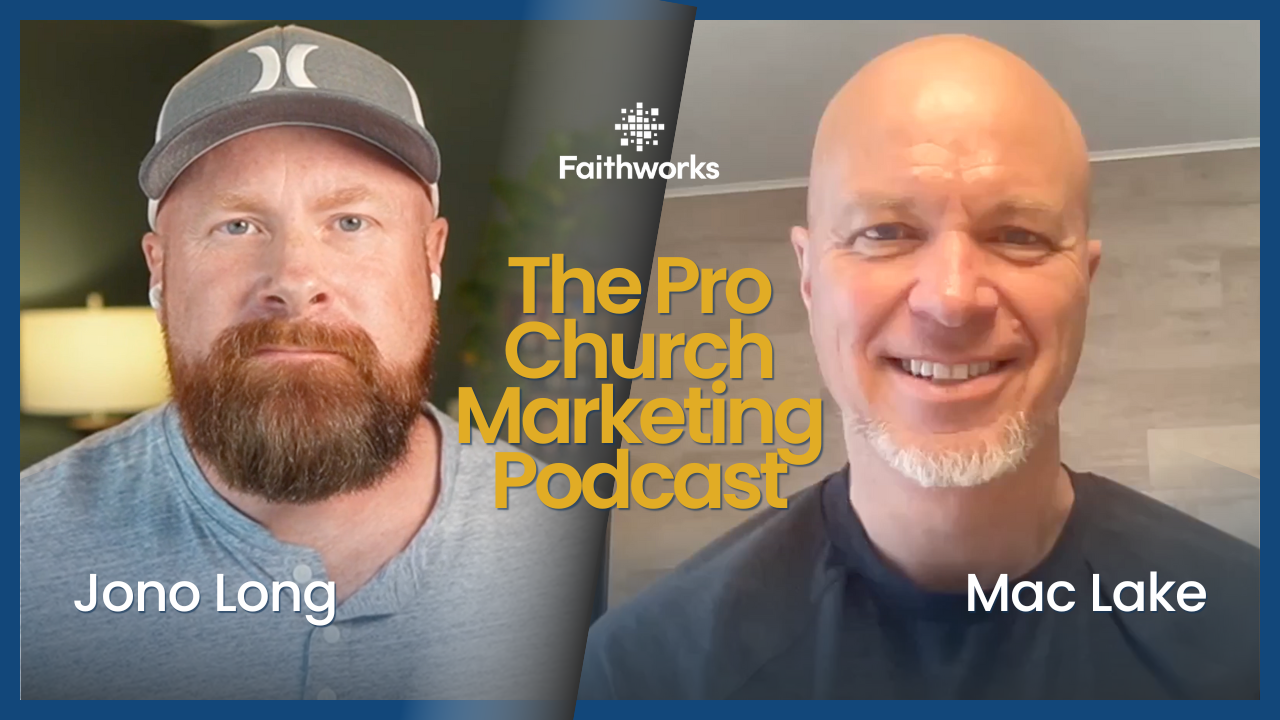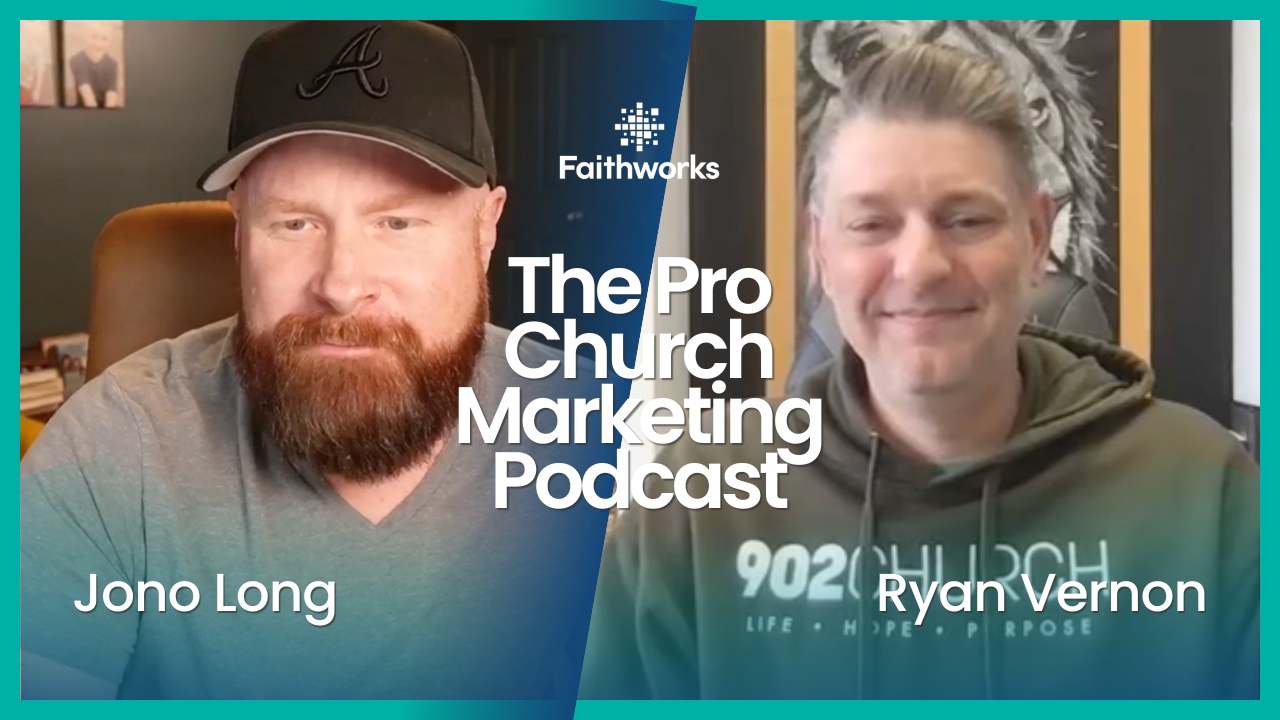5 Tips for Improving Your Church or Non-Profit's Website Accessibility
Inclusivity plays a significant role in the effectiveness and reach of your church or non-profit organization's website. Ensuring your website is accessible to people with disabilities helps create an inclusive experience for all visitors, amplifying your message and widening your impact. This listicle shares five essential tips to improve your website's accessibility, and demonstrates how partnering with Faithworks Marketing can help your organization create an inclusive online experience, welcoming all members of your community and expanding your reach. By adhering to these best practices, your church or non-profit can ensure everyone can access and engage with your website, fostering a sense of belonging and supporting your mission.
1. Adhere to Web Content Accessibility Guidelines (WCAG)
The Web Content Accessibility Guidelines (WCAG) offer a comprehensive set of recommendations to make web content more accessible for people with disabilities. Adhering to these guidelines ensures your website is compatible with a wide range of assistive technologies, allowing everyone to access your content easily. The guidelines are divided into three levels—A, AA, and AAA—with Level AA considered the standard for general web accessibility. By following the best practices outlined in the WCAG, your website will be well-equipped to serve the needs of all users, regardless of their abilities. Partnering with Faithworks Marketing can help your organization implement the necessary adjustments to make your website WCAG-compliant, promoting a more inclusive online experience.
2. Ensure Proper Color Contrast and Readability
To accommodate users with visual impairments or color blindness, it's essential to maintain proper color contrast in your website's design. All text should be easily legible against its background. The Web Accessibility Initiative recommends a contrast ratio of at least 4.5:1 for standard text and 3:1 for large text. By utilizing online color contrast tools such as WebAIM's Color Contrast Checker, you can ensure that your website's design meets accessibility standards. Faithworks Marketing can help create visually appealing designs that prioritize readability, making your website more inclusive for all visitors.
3. Use Clear and Descriptive Alt Text for Images
Alternative (Alt) text is an essential component of web accessibility, as it provides a text description of images for users who rely on screen readers or have images disabled. Including concise and descriptive Alt text for all images on your website ensures that users with visual impairments can follow and understand your content without difficulty. Moreover, well-written Alt text can also improve your website's SEO. Faithworks Marketing can assist in crafting effective and accurate Alt text for your website images, enhancing both accessibility and search engine performance.
4. Utilize Accessible Navigation and Keyboard-Friendly Features
Proper website navigation is critical in accessibility, ensuring that users of all abilities can interact with your site seamlessly. Your website should be easily navigable through keyboard input, as users with motor disabilities or visual impairments may be unable to use a mouse for navigation. Design features such as skip navigation links, keyboard focus indicators, and clear labels for form fields can greatly improve the browsing experience for people with disabilities. Faithworks Marketing can help develop navigational structures and implement keyboard-friendly features that prioritize accessibility and usability for your website visitors.
5. Include Captions and Transcripts for Multimedia Content
Audio and video content can pose significant barriers for users with hearing impairments if proper accommodations are not provided. To enhance accessibility, include captions for pre-recorded videos, provide transcripts or captions for audio content, and offer real-time captions for live video events. This practice ensures that people with hearing impairments can fully engage with your multimedia content while benefiting users in noisy environments or those with language-processing difficulties. By incorporating accessibility features in your multimedia content, your church or non-profit organization can create a more inclusive online experience. Faithworks Marketing can support your organization with captioning and transcription services, ensuring all users can enjoy and understand your content.
Additional Tips: Test Your Website's Accessibility
Regularly testing your website's accessibility is essential to maintaining an inclusive online presence. Key tools such as WebAIM's WAVE Web Accessibility Evaluation Tool or the Accessibility Insights browser extension can provide valuable insights into your website's accessibility performance. By implementing these tips and continually monitoring your website, you can ensure that your church or non-profit organization's online presence remains accessible and inclusive for all.
Empower Your Church or Non-Profit with an Accessible Website by Faithworks Marketing
Making your church or non-profit website accessible to all users is essential for fostering inclusivity, expanding your audience reach, and enhancing your impact. By following these actionable website accessibility tips and leveraging the expertise of Faithworks Marketing, your organization can create an online presence that invites and engages users with diverse abilities, building a genuine sense of community and support.
Let Faithworks Marketing help you navigate the world of website accessibility and create a more inclusive and welcoming digital experience for your church or non-profit organization. Reach out to us today to learn more about our comprehensive
web design services for churches and how we can help you meet and exceed accessibility standards. Get in touch to explore how we can make your website more accessible, user-friendly, and impactful, empowering your organization to connect with your entire community and truly make a difference.
Latest Posts












